There can be your advertisement
300x150
Guide to Modern Lighting Design in Restaurants
If you are a restaurant owner, it is extremely important to choose the right lighting for your establishment. The design of commercial kitchen lighting can make or break your business. You want lighting that creates a specific atmosphere for your customers and matches the overall interior of your space. Subconsciously or not, people are influenced by even minor differences in lighting, as well as how well the lighting system fits the space where it is installed. To be truly successful in your business, you need to familiarize yourself with the key components of proper lighting so that you can find a suitable lighting design company for your needs.

The Psychology of Lighting for Restaurant Design
A key factor in choosing lighting for restaurant design is the psychology of different types of customers. Types of restaurant lighting are divided into three groups depending on how they affect customer mood. Ambient lighting is a general concept that defines the overall appearance of lighting. Dim light is used in areas where people are expected to linger and sit closer together, whereas brighter lamps are installed in spaces designed to create a more active and vibrant atmosphere.
The other two categories of lighting are task lighting and accent lighting. Task lighting is designed to help people perform specific tasks where they need good visibility. It is placed in designated areas near the places where tasks are performed.
Accent lighting is also installed in specific zones, but serves more of an aesthetic purpose than a practical one. Accent lighting is often used around art pieces to highlight their features. It is frequently used in high-end restaurants with refined interiors to emphasize particularly important designs or paintings on the walls.
Lighting Design Tips for Restaurants
● Use Natural Light
Even when designing a space with light fixtures included, it's extremely important to incorporate as much natural light as possible. Natural light not only reduces costs for artificial lighting but also positively affects people's moods. Adding as many windows as possible to complement artificial lighting is a desirable element of any restaurant.
● Install Pendant Lights/Fixtures
Pendant lights are almost a universal element in any restaurant. They come in many different styles and sizes, making them easy to install. Pendant lights often feature modern designs that underscore the theme of contemporary restaurants.
Light fixture options extend far beyond traditional royal styles. Today, pendants are available in a wide range of choices suitable for restaurants of all types.
● Add Track Lighting
Track ceiling lighting is a common type of lighting in restaurants. Track lighting can be an effective way to fully illuminate large spaces without making the light a central focus. Track lighting runs invisibly along the ceiling and allows restaurant owners to highlight other parts of their establishment. It can run in straight lines or circles, depending on the restaurant's needs.
● Don't Forget Accent and Decorative Lighting
There are several different types of accent lighting that can be included in a restaurant space. Wall lighting provides light in specific areas to draw attention to selected features of the restaurant. Candle glow is used in spaces intended for creating a romantic atmosphere for couples. There are many types that provide varying levels of intimacy for restaurants.
● Menu Lighting
The most important element of a restaurant is its menu. Therefore, the light should be positioned near the hanging menu so it can be easily read. Wall lights can subtly illuminate the menu, allowing customers to read it without difficulty. This is a useful addition both from a practical standpoint and for giving the restaurant an elegant appearance.
● Choose LED Fixtures
When deciding which type of lighting to use, LEDs are the obvious leader today. Using far less energy than other traditional light sources and providing the same amount of light, LEDs quickly become the preferred source of lighting around the world. In places such as restaurants that must be lit all day long, there is no doubt this is a smart choice. Restaurants not yet switched to LEDs should do so as soon as possible, so choose your lighting design company wisely.
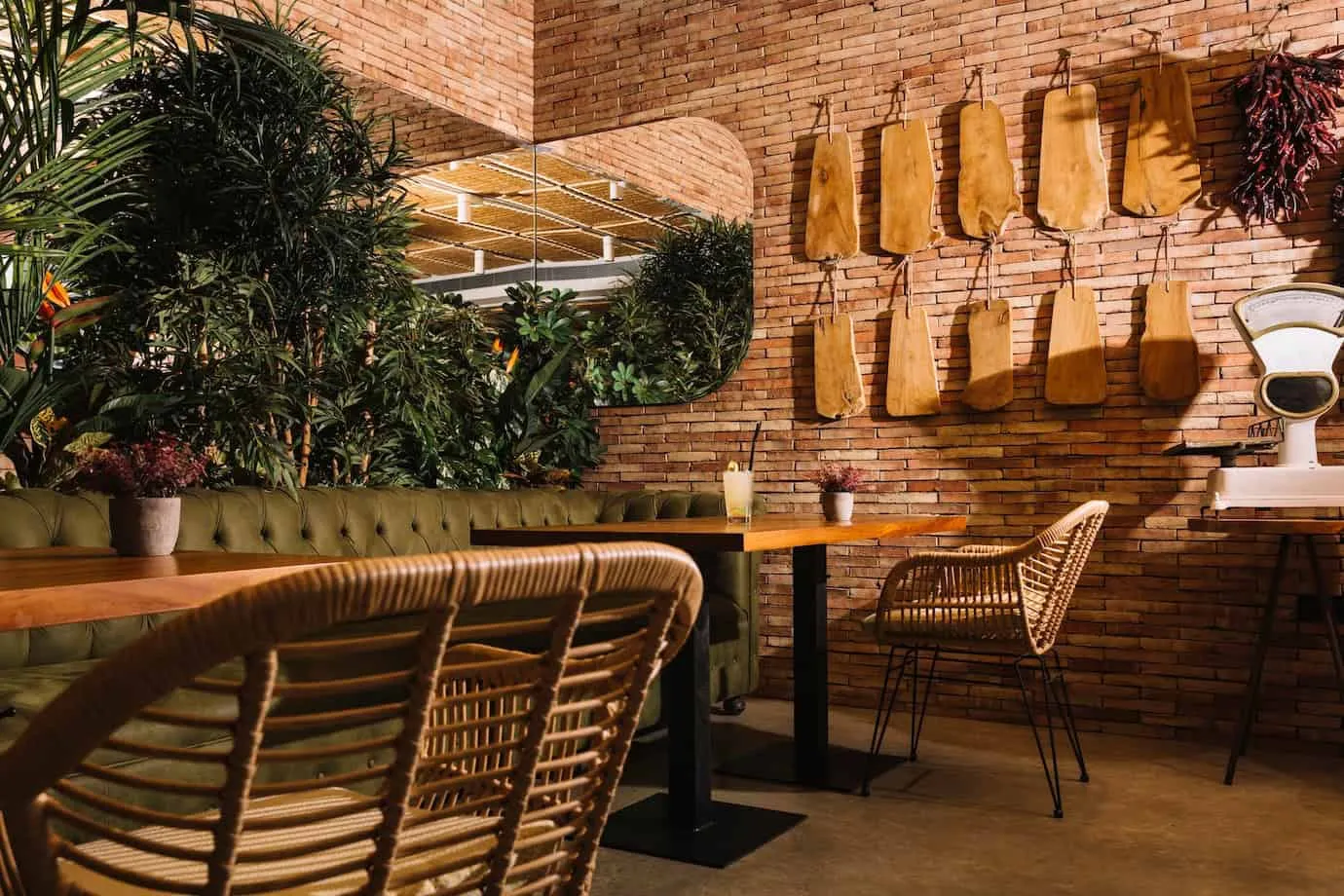
● Make Them Smart
Lighting should be easy to control and placed so that it illuminates the right parts of a room. Installing smart lighting, which turns on and off at will and can dim when needed, makes your rooms more functional and reduces electricity costs. Kitchens should be well lit so chefs can perform their tasks, while dining areas must contain the right amount of light to create the desired atmosphere that the restaurant owner is aiming for.
Best Ideas for Lighting Design
Each part of a restaurant requires its own type of lighting design.
- Kitchens and Work Zones should be well lit so chefs can focus on the details of their work without worrying about missed moments or deviations in performance.
- Service Areas require lighting focused on the served food so it can be delivered without issues.
- Bars use a lower level of lighting because their goal is to create a relaxing atmosphere. Light accents are often placed near drink preparation zones and where bottles are stored so bartenders can easily prepare drinks.
- Dining Areas may be lit dimly or brightly, depending on the type. Fast-food restaurants often use standard track lighting, whereas more intimate restaurants include candle glow or other types of accent lighting.
Depending on the restaurant's goal and which rooms are being designed, various design elements are used to create any number of moods and appearances.
Conclusion
The choice of lighting in a restaurant bar depends on the owner. It can be bright and span the full length of the dining area or dim and sparse, depending on the theme and purpose of the restaurant. It's important that the lighting choice complements other elements in the restaurant and works together to create the desired atmosphere. Customers respond positively to successful design, so it makes sense to thoroughly research these features.
More articles:
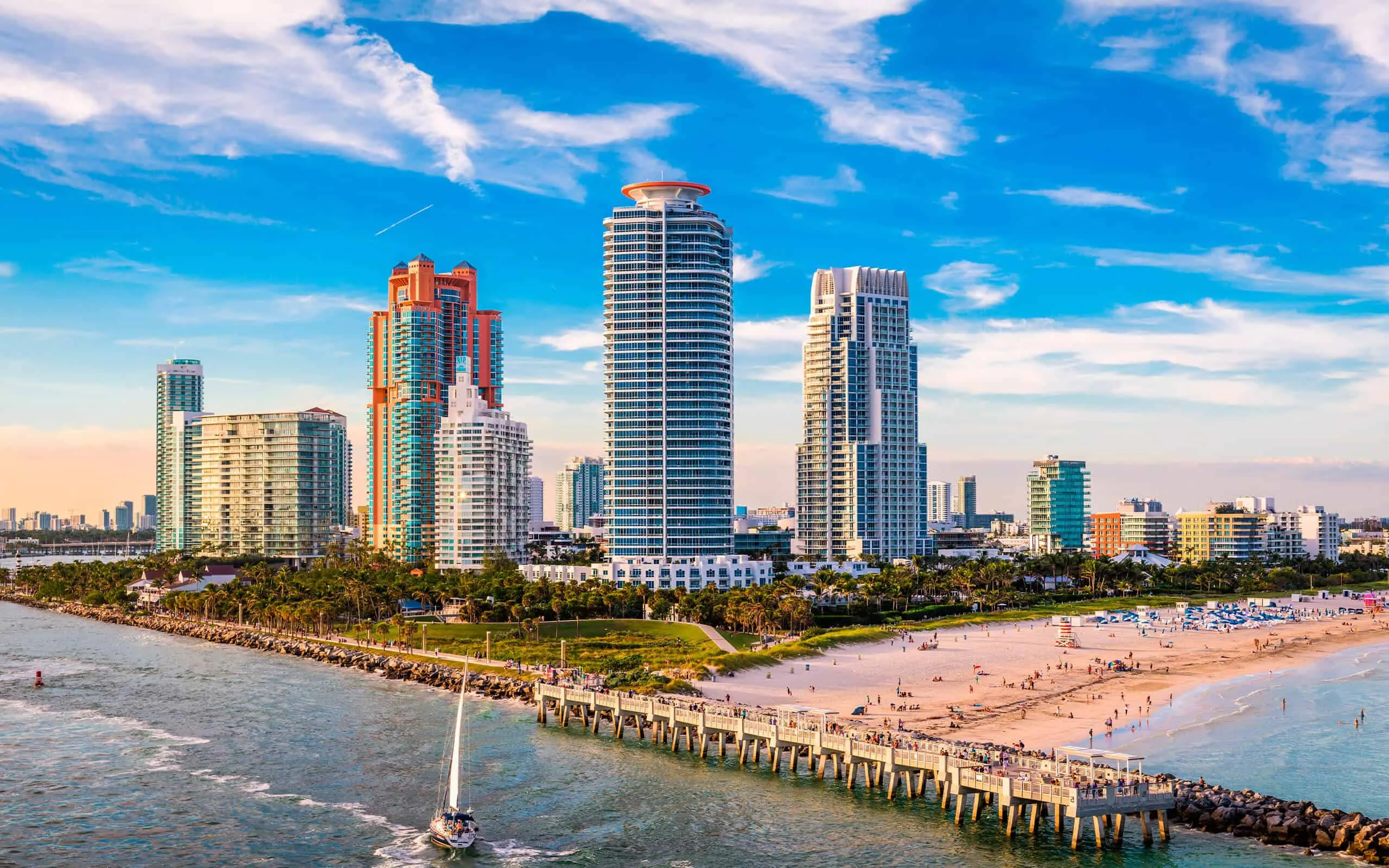 Lifestyle in Miami Skyscrapers — 3 Dreamy Condominiums to Choose From
Lifestyle in Miami Skyscrapers — 3 Dreamy Condominiums to Choose From Microcement - A Universal and Durable Material for Interior Design
Microcement - A Universal and Durable Material for Interior Design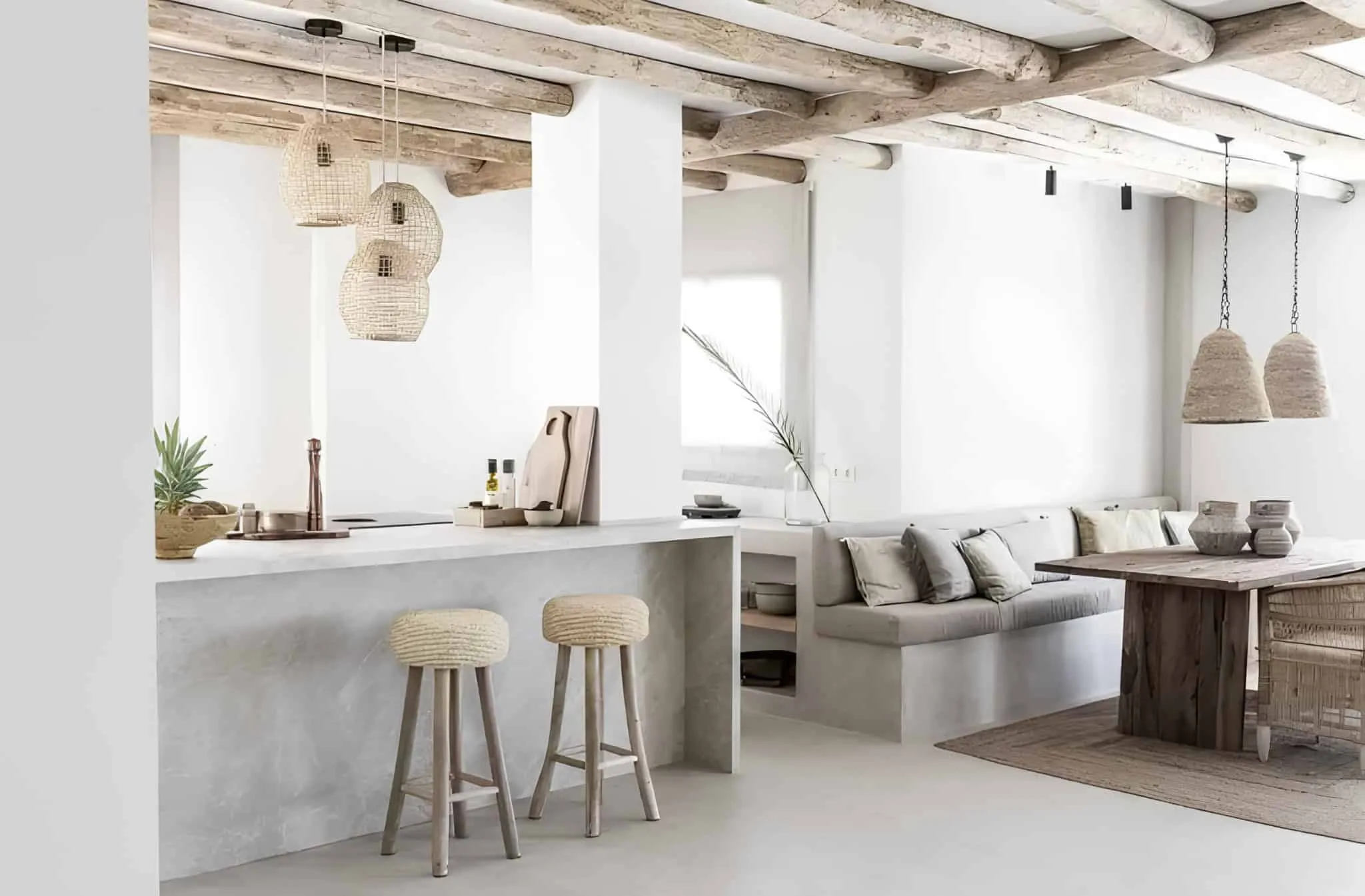 Microcement and Natural Wood for Updating Mediteranean Style
Microcement and Natural Wood for Updating Mediteranean Style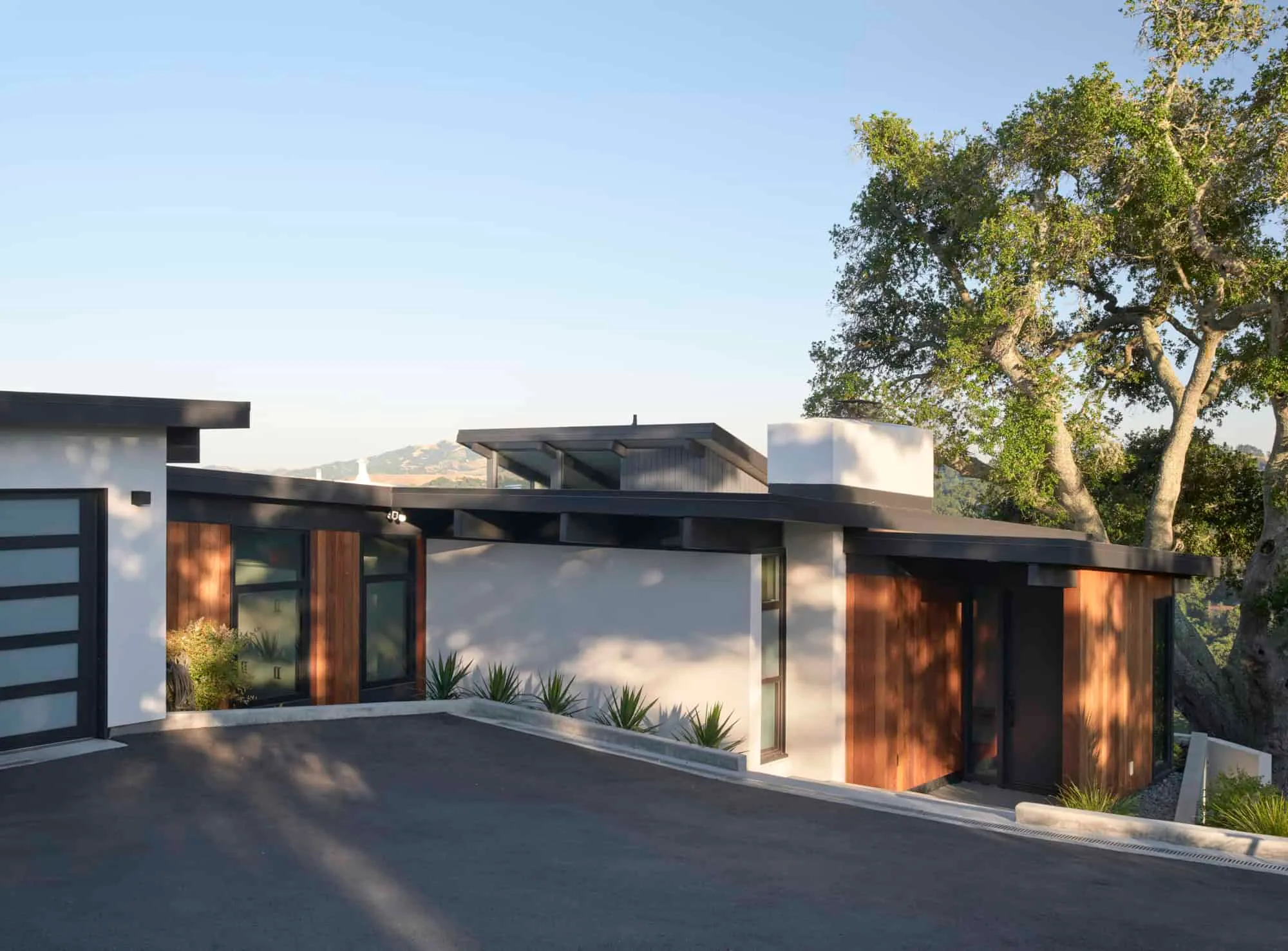 Home Renovation in Mid-Century Modern Style by Klopf Architecture: Thoughtful Development for Contemporary Living
Home Renovation in Mid-Century Modern Style by Klopf Architecture: Thoughtful Development for Contemporary Living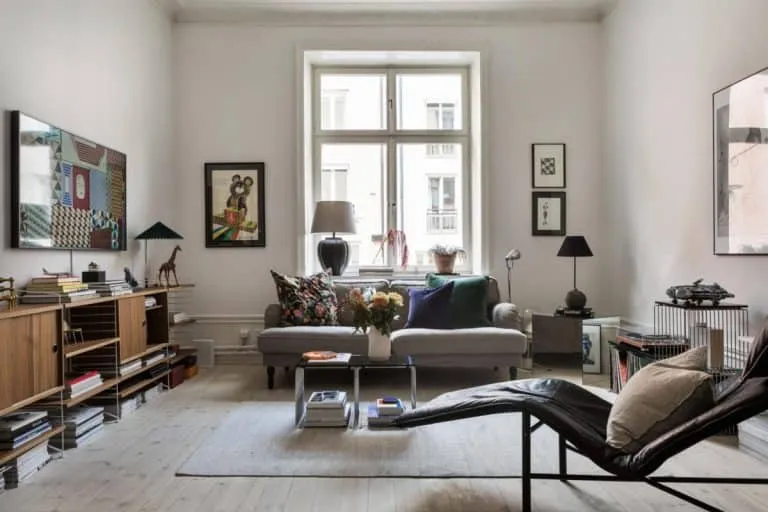 Modern Mid-Century Interior in Your Home, Cozy House
Modern Mid-Century Interior in Your Home, Cozy House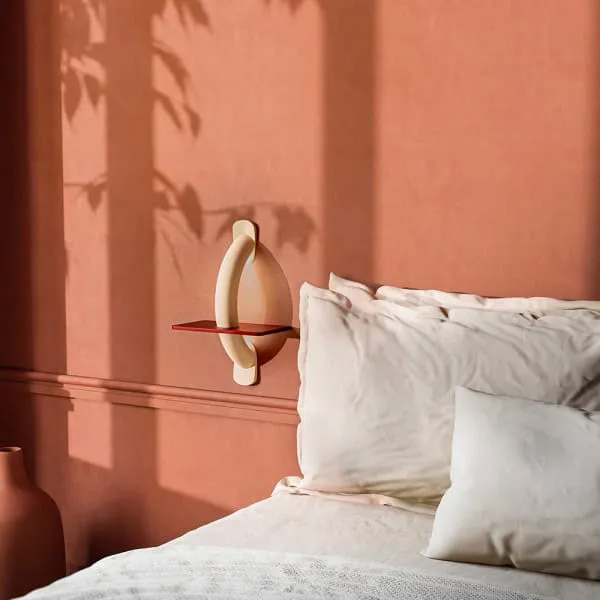 Milan Furniture Salon 2023: New Products and Trends
Milan Furniture Salon 2023: New Products and Trends Mindful Living: Add Warmth to Minimalism with These 2024 Decor Ideas
Mindful Living: Add Warmth to Minimalism with These 2024 Decor Ideas Mini House with Everything You Need
Mini House with Everything You Need